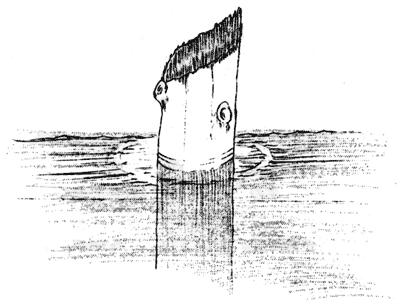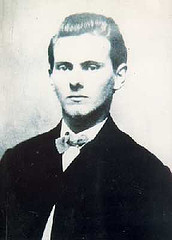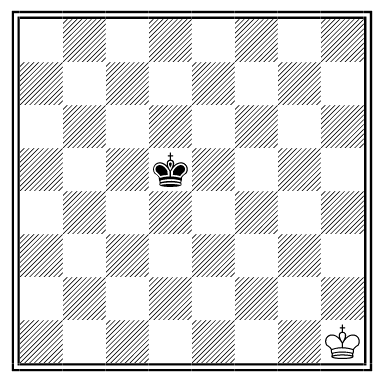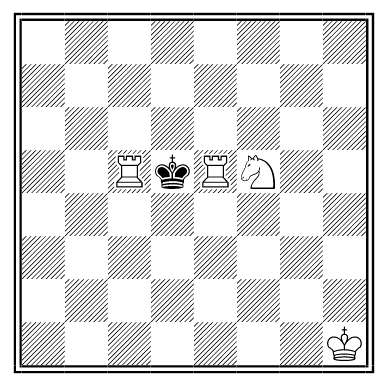Dorothy Parker once attended a Halloween party where she noticed a group of people around a tub of water. She asked what they were doing and was told they were ducking for apples.
“There, but for a typographical error,” she said, “is the story of my life.”




